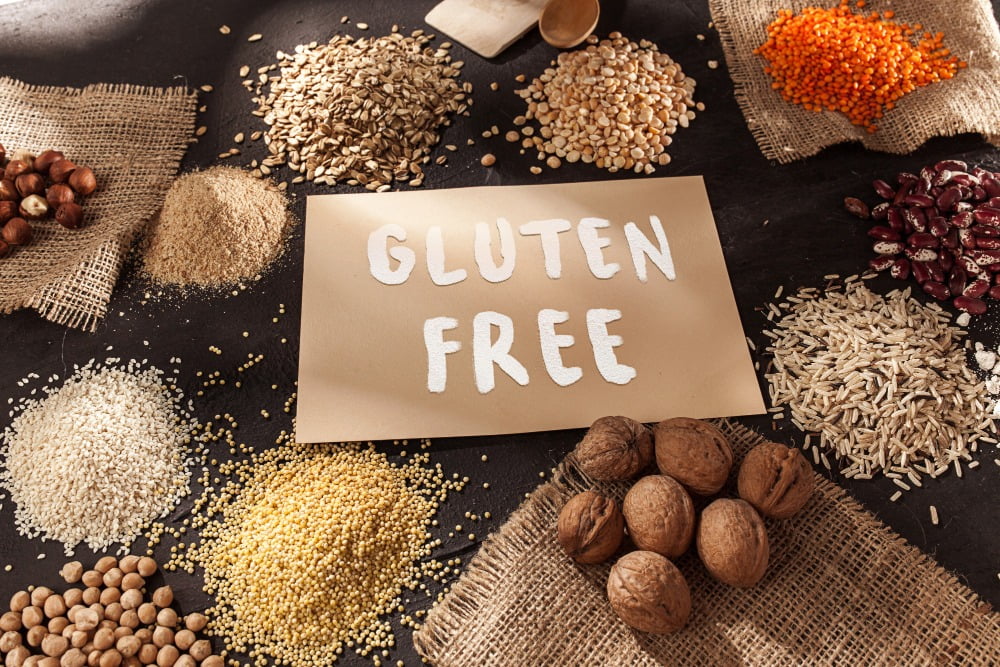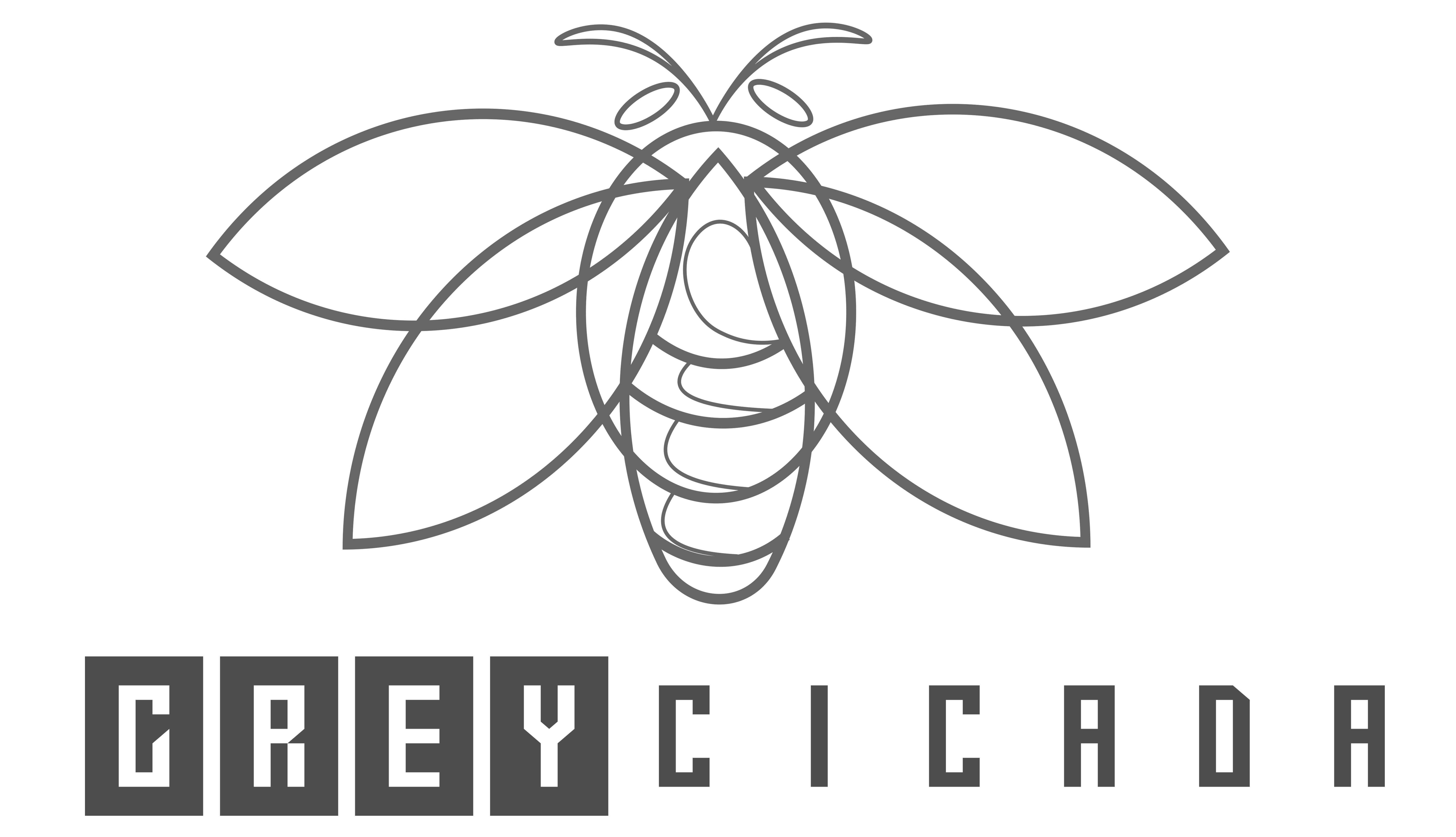FREE SHIPPING OVER $50
The Gluten-Free Diet: What You Need to Know
If you’re curious about the gluten-free diet, you’re not alone. More and more people are wondering what it means to go gluten-free and whether it’s right for them. In this blog post, we’ll explain the gluten-free meaning, the benefits and risks of the gluten-free diet, and how to get started if you decide to give it a try. Let’s begin by deciphering the gluten-free diet: what you need to know.
What Is the Gluten-Free Diet?

You may have heard of the gluten-free diet, but what does it really mean? What is gluten and why do some people avoid it? In this section, we will answer these questions and more.
Gluten is a protein found in wheat, barley, rye, and some other grains. It helps give bread and pasta their chewy texture and elasticity. However, for some people, gluten can cause serious health problems.
People who have celiac disease, an autoimmune disorder that affects the small intestine, cannot tolerate gluten at all. Even a tiny amount of gluten can trigger an immune reaction that damages the lining of the intestine and prevents the absorption of nutrients. This can lead to symptoms such as diarrhea, bloating, weight loss, anemia, fatigue, and skin rashes.
People who have non-celiac gluten sensitivity (NCGS) may also experience similar symptoms when they eat gluten but without intestinal damage. NCGS is not well understood and there is no definitive test to diagnose it. Some experts believe that NCGS is not caused by gluten itself, but by other components of wheat or by a combination of factors.
Demystifying Celiac Disease
Celiac disease is a serious condition that affects the digestive system. It occurs when the immune system reacts to gluten. Gluten damages the small intestine and prevents it from absorbing nutrients properly. This can lead to various health problems, such as anemia, osteoporosis, infertility, and even some types of cancer.
How do you know if you have celiac disease? The symptoms can vary from person to person, but some common ones are:
- Diarrhea, constipation, or bloating
- Abdominal pain or cramps
- Weight loss or poor growth
- Fatigue or weakness
- Skin rashes or mouth ulcers
- Headaches or depression
If you experience any of these symptoms, especially after eating foods that contain gluten, you should consult your doctor. The only way to diagnose celiac disease is by doing a blood test and a biopsy of the small intestine. These tests can confirm if you have antibodies to gluten and if your intestinal lining is damaged.
The good news is that celiac disease can be treated by following a strict gluten-free diet. Eliminating gluten from your diet helps heal your intestine and prevent further complications.
Living with celiac disease can be challenging, but it doesn’t have to stop you from enjoying delicious and nutritious food. There are many gluten-free alternatives available in the market, such as rice, corn, quinoa, buckwheat, millet, and oats. You can also find gluten-free recipes for pasta, cakes, and cookies in most grocery stores or online.
If you have celiac disease, you are not alone. Millions of people around the world share your condition and your struggles. You can find support and information from various sources, such as your doctor, dietitian, celiac association, online community, or friends and family.
Benefits of a Gluten-Free Lifestyle
Gluten can cause digestive problems, inflammation, and allergic reactions in some people who are sensitive to it. A gluten-free lifestyle means avoiding these foods and choosing alternatives that are naturally gluten-free or specially made without gluten.
But what are the gluten-free benefits? Here are some of the surprising advantages of this dietary choice:
- Weight Loss: Many gluten-free foods are lower in calories, carbs, and fat than their gluten-containing counterparts. You may also feel more satisfied after eating them, as they tend to be higher in fiber and protein. Plus, by avoiding processed foods that often contain gluten, you can cut down on added sugars, salt, and unhealthy fats.
- Boosts Energy: Gluten can make you feel sluggish, bloated, and tired. By eliminating it from your diet, you can improve your digestion and absorption of nutrients. You may also notice a boost in your mood and mental clarity, as gluten can affect your brain chemistry and hormones.
- Improves Skin Health: Gluten can trigger inflammation in your body, which can show up on your skin as acne, eczema, psoriasis, or other conditions. By going gluten-free, you can reduce inflammation and promote healing. You may also notice a smoother, brighter, and more youthful complexion.
- Benefits your gut health: By eliminating gluten, you can reduce the symptoms of celiac disease, irritable bowel syndrome, and other digestive disorders. You can also improve your gut microbiome, which is the balance of good and bad bacteria in your intestines. A healthy gut can boost your immune system, mood, and metabolism
Managing Celiac Disease Through Diet
Eating gluten-free is not enough to manage your condition and prevent complications. You also need to follow a celiac disease diet that provides all the nutrients your body needs to heal and stay healthy.
A celiac disease diet is more than just avoiding gluten. It is also about choosing foods that are rich in fiber, iron, calcium, vitamin D, and other essential nutrients that may be lacking in your diet. It is also about finding delicious gluten-free recipes that you can enjoy without feeling deprived or bored.
By following a celiac disease diet and eating gluten-free recipes, you can fuel your health and improve your quality of life. You can also reduce your risk of developing other health problems associated with celiac disease, such as osteoporosis, anemia, infertility, and certain cancers. You can also enjoy food without worrying about getting sick or harming your body.
Building Your Gluten-Free Food List
A gluten-free food list can help you make smart choices at the grocery store and in the kitchen. But not all gluten-free food lists are created equal. Some might be too restrictive, while others might include foods that are not suitable for your health goals or preferences. That’s why it’s important to build your own gluten-free food list based on your individual needs and tastes.
Here are some steps to help you create a personalized gluten-free food list:
- Identify your reasons for going gluten-free: Are you doing it for medical reasons, such as celiac disease or gluten sensitivity? Or are you doing it for other reasons, such as weight loss, wellness, or ethical concerns? Your reasons will influence what foods you can include or exclude from your gluten-free food list.
- Learn the basics of gluten-free foods: Learn where gluten can be hidden like in processed foods, sauces, condiments, and beverages. To avoid gluten, you need to read labels carefully and look for gluten-free certification or claims on the packaging. You also need to be aware of cross-contamination, which can occur when gluten-free foods come into contact with gluten-containing foods or utensils.
- Choose your gluten-free staples: These are the foods that you will eat regularly and that will form the basis of your gluten-free diet. They include naturally gluten-free foods, such as fruits, vegetables, meat, poultry, fish, eggs, dairy, nuts, seeds, legumes, and grains like rice, quinoa, buckwheat, millet, and oats. You can also include gluten-free alternatives, such as bread, pasta, cereals, crackers, and snacks.
- Experiment with new foods and recipes: One of the benefits of going gluten-free is that it can open up a whole new world of culinary possibilities. You can find many gluten-free recipes online or in cookbooks that can help you create delicious meals and snacks without missing out on flavor or nutrition.
- Adjust your gluten-free food list as needed: Your gluten-free food list is not set in stone. You can modify it as you go along based on your experience, feedback, and goals. You might discover new foods that you love or that work well for you. You might also find out that some foods don’t agree with you or that you need to limit them for other reasons.
FAQs
Yes, potatoes are naturally gluten-free. They are a safe and nutritious choice for a gluten-free diet.
In a gluten-free diet, avoid wheat, barley, rye, spelt, and triticale, as they all contain gluten. Be vigilant about reading food labels for hidden sources of these grains.
On a gluten-free diet, it’s essential to avoid foods containing gluten. This includes items like bread, pasta, cereals, baked goods, and certain processed foods that may contain hidden gluten ingredients.
A gluten-free diet can positively impact bowel movements for individuals with celiac disease or non-celiac gluten sensitivity. It often alleviates digestive issues, such as diarrhea or constipation, associated with gluten consumption. However, it’s important to maintain a well-balanced diet when going gluten-free to ensure proper nutrition and gut health.
Before You Leave
If you have celiac disease, gluten sensitivity, or just want to try something new, the gluten-free diet can be a healthy and satisfying way to eat. Remember to always read labels, check ingredients, and consult your doctor before making any dietary changes. The gluten-free diet is not a fad or a miracle cure, but it can be a life-changing choice for some people. If you are one of them, we hope this blog post has helped you understand what you need to know.
If you found this blog post insightful, explore more by delving into our related articles:
- 7-Day Meal Plan for Pancreatitis: Breakfast, Lunch & Dinner
- How Can a Prediabetes Diet Influence Your Health and Well-being?
- Low FODMAP Diet Essentials: A Beginner’s Guide + Diet Plan
- 10 Foods that Lower Testosterone
- 10 Foods that Boost Testosterone
- 10 Probiotic Foods for Digestion
- The Ulcerative Colitis Diet
- L-glutamine for Gut Health and Bloating



